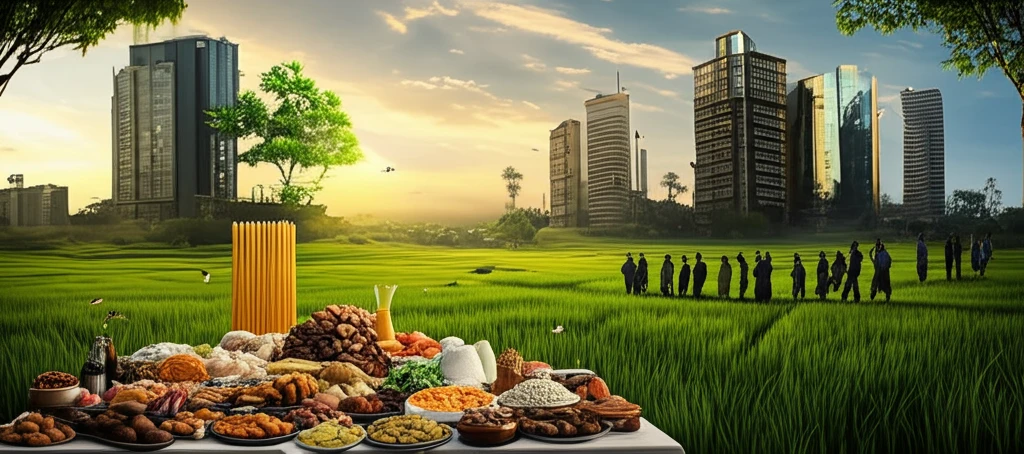
Can Pakistan Achieve Food Security? Decoding Policies & Progress
"A deep dive into Pakistan's journey toward food security: successes, persistent challenges, and the policies shaping its future."
Pakistan, a land blessed with fertile soil, achieved self-sufficiency in food production back in the 1980s. This milestone marked a significant achievement, positioning the nation as a major producer of various agricultural commodities. Yet, beneath this veneer of success lies a more complex reality.
Despite the nation's agricultural prowess, a significant portion of the population grapples with undernourishment. Reports indicate that a substantial percentage of Pakistanis still face food insecurity, highlighting the gap between national production and individual access.
This article delves into Pakistan's food security landscape, examining the policies, challenges, and opportunities that lie ahead. By understanding the intricacies of both supply and demand, we can better assess Pakistan's progress and chart a course toward a more food-secure future.
Supply-Side vs. Demand-Side: Understanding Pakistan's Food Security Strategies

Historically, Pakistan's approach to food security has been twofold: supply-side policies aimed at boosting agricultural production and demand-side policies designed to improve access to food, particularly for vulnerable populations. The primary focus, however, has consistently been on the supply side.
- Support prices for key commodities
- Government procurement strategies
- Regulations on domestic and international movement of goods (especially wheat)
- Direct administrative measures
Charting a Path to Food Security for All
Pakistan has made significant strides in boosting food production. To truly achieve food security, the nation must adopt a comprehensive approach that addresses both supply and demand. This involves not only sustaining agricultural productivity but also ensuring that all citizens, regardless of their socioeconomic status, have access to sufficient, nutritious food. By refining policies, strengthening social safety nets, and empowering vulnerable communities, Pakistan can pave the way towards a food-secure future for all its people.
